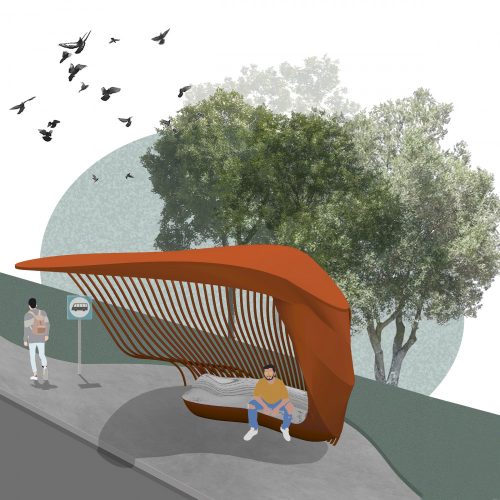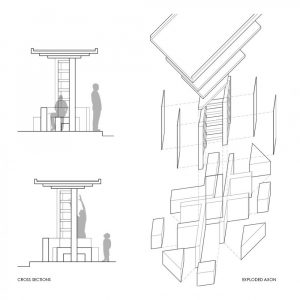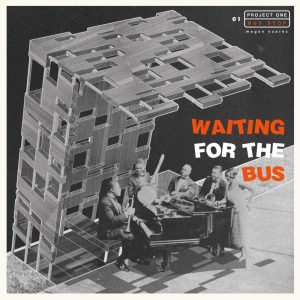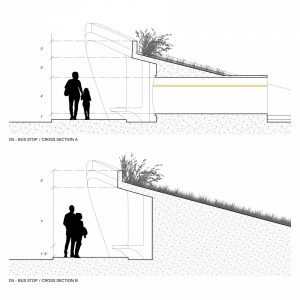If you have ever had to use Miami’s Metrobus system, there’s a good chance you were either beaten down by the sun or soaked through with rainwater as you stood waiting for your bus to arrive. This is because many of the bus stops in Miami-Dade have no shelter – a startling fact considering how many people rely on Miami’s public transportation system.
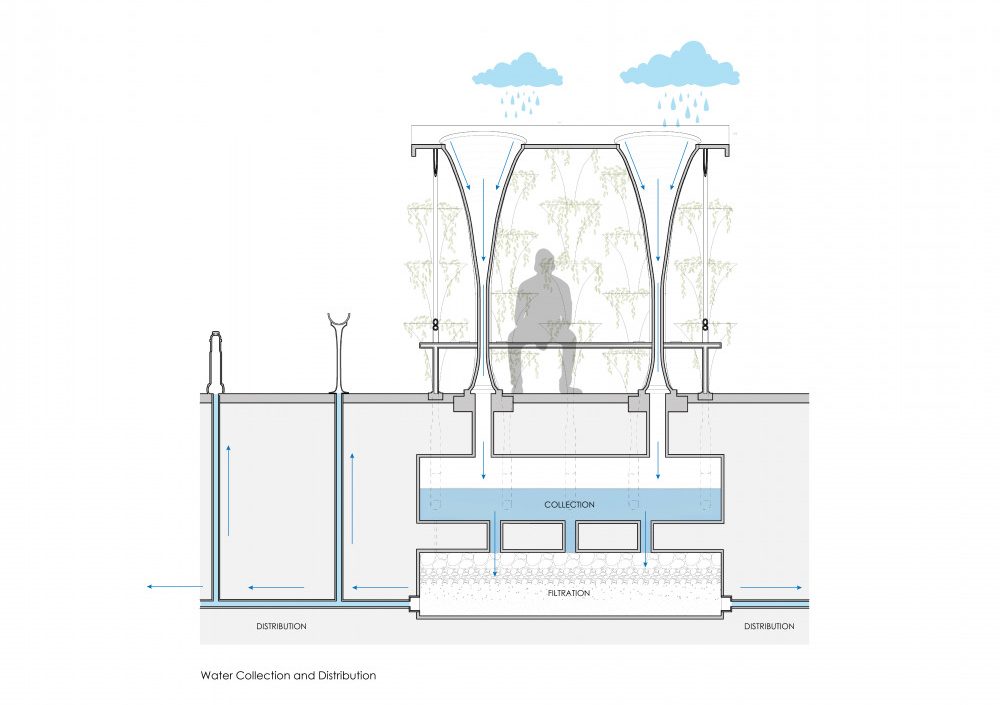
Sensing an opportunity for his students to gain exposure to a major community issue, FIU’s Department of Architecture chair, Jason Chandler, along with other architecture faculty members, designed the course, Architectural Design 5, around this concern.
Students enrolled in Design 5 were tasked with creating a hypothetical bus stop model that combined the need for a practical shelter with an urban amenity that could be easily replicated throughout the community.
“Bus stops like these would provide respite from the sun for residents,” says Hernan Guerrero Applewhite, adjunct faculty member for the Department of Architecture. “In as rainy and hot a region as we live in, increasing shade at bus stops is a small element that can significantly improve the quality of life for Miami’s commuters.”
Elena Passoni’s project focused on integrating program elements for elementary school students. Her idea was to create a bus stop for those commuting to and from Liberty City Elementary School in order to create more accessible spaces for families with small children in the area. The concept uses simple and modular shapes that are modeled to give the feeling of being in a playground. It applies attractive shapes that push and pull from the ground, engaging the students while they wait for their bus safely and protected from the street.

Chandler and his colleagues created the bus stop project in an effort to design studio projects that are more directly tied to the community and to give students a feel for working with real clients.
“This project seemed like a great opportunity to introduce students to designing small architectural elements or typologies – like the bus stop – and to show them the impact that design projects can have,” Applewhite adds.
Typically, this type of project would have had students going out and speaking directly to community members about standard Miami-Dade County bus stops. However, due to COVID-19 restrictions, Applewhite provided each student with a report he did when constructing a bike/walk audit for a one-mile block area spanning about 20 blocks. Amongst the many deficiencies identified in the report, bus stops were identified as a barrier to promoting walking and access to mass transit.
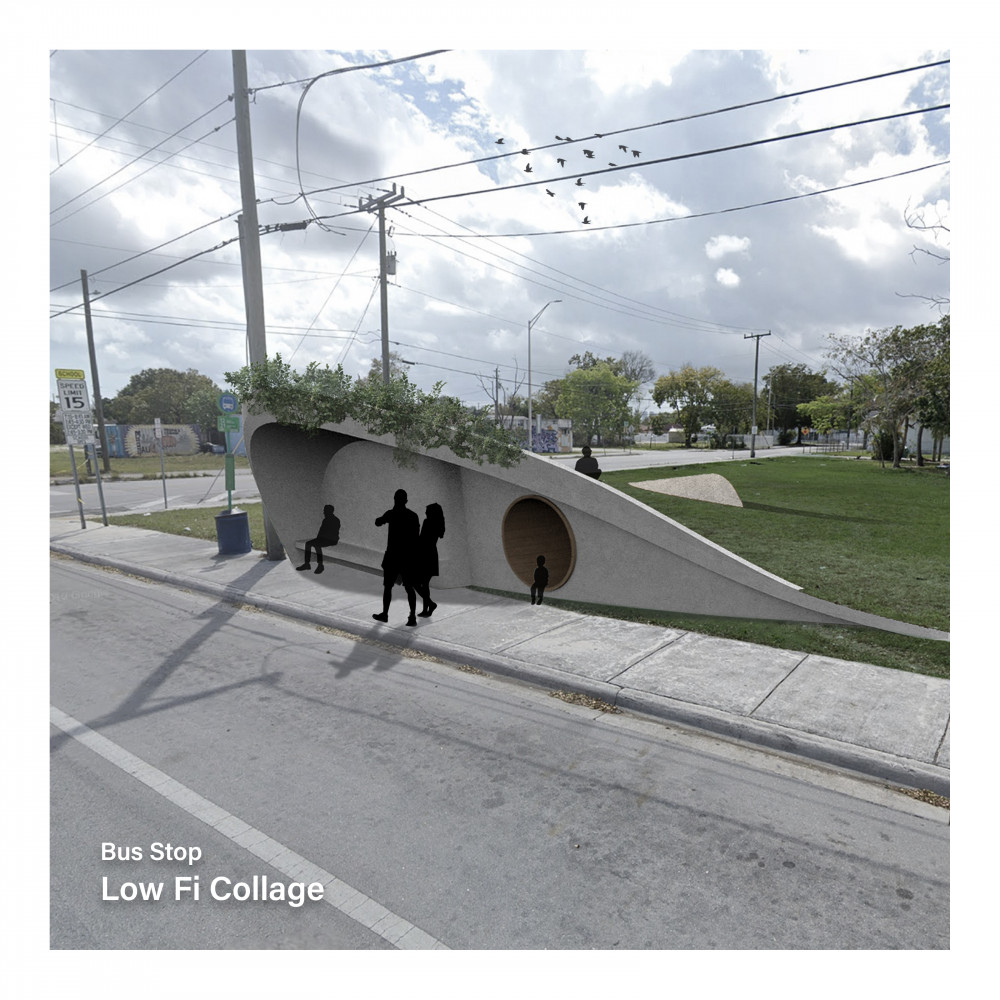
Applewhite says providing this report to students gave them a sense of who their client was and what they were asking for.
Students also used tools like Google Street Maps to visualize the area in lieu of an in-person visit and messaging apps like WhatsApp and Zoom to connect and share ideas with each other – as they would normally do if they were meeting on campus.
The end result was the creation of more than 100 hybrid bus stop models, for the area bounded by NW 79th St, NW 22nd Ave, 71st St and NW 17th Ave in Miami, and an opportunity for students to work on meaningful projects that could positively impact their community.
To see which projects the Fall 2020 Design 5 cohort voted as their favorites, check out the Department of Architecture on Instagram.

